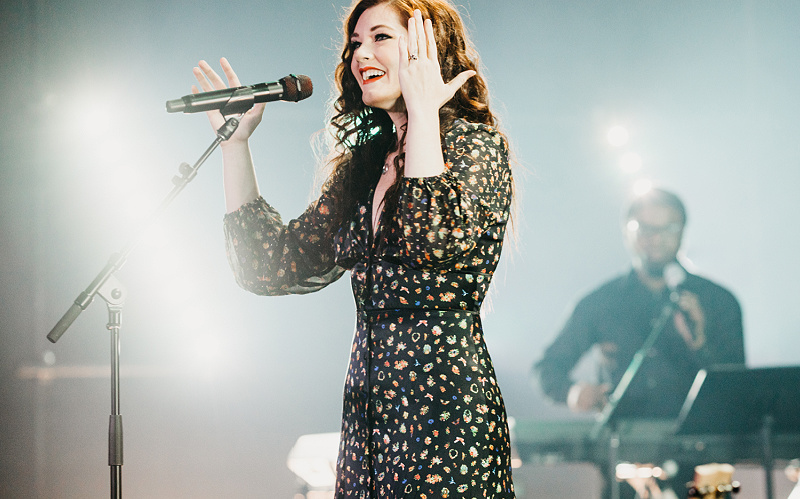Grant Hardy speaks to motivational speaker and award-winning singer Mandy Harvey

By Grant Hardy
I recently chatted with motivational speaker, and award-winning singer, Mandy Harvey, who lost most of her hearing as a young adult. Mandy is a very talented woman with considerable skills and confidence. In 2017, her audition on America’s Got Talent, featuring her original song, “Try,” with vocals and ukulele, garnered Simon Cowell’s golden buzzer, sending Mandy straight to the quarterfinals. She ultimately finished fourth in the competition, a formidable achievement.
Mandy’s story demonstrates the potential of following your dreams and investing in your support system. She said she was inspired by the journey of Erik Weihenmayer, a blind mountaineer who ultimately climbed Mount Everest. But Mandy’s family and friends contributed to her success as well, including her dad, who assisted in prepping her for her America’s Got Talent audition. As someone who lacked a supportive dad myself, I’m always moved to see a father investing time and love into his kids and his family, despite any perceived barriers.
Mandy is one of the most down-to-earth people I’ve interviewed. In fact, after the interview she asked if we could reverse roles so I could take a turn in the interviewee chair! That’s not a luxury I often get, but it was really interesting opening up to Mandy because it demonstrates the vulnerability that we get from our guests every single day when they share their hopes, their dreams, and their ambitions with us for a national audience.
Check out our profile on Mandy and her incredible story, along with my chat with her, Monday, May 10, at 8 p.m. Eastern on AMI-tv, on AMI.ca or in the AMI-tv App for iOS and Android. And check out Mandy’s music on your favourite streaming platform. Her song, “Try,” is excellent and very catchy too.
Want to read more from Grant? Search his name!






